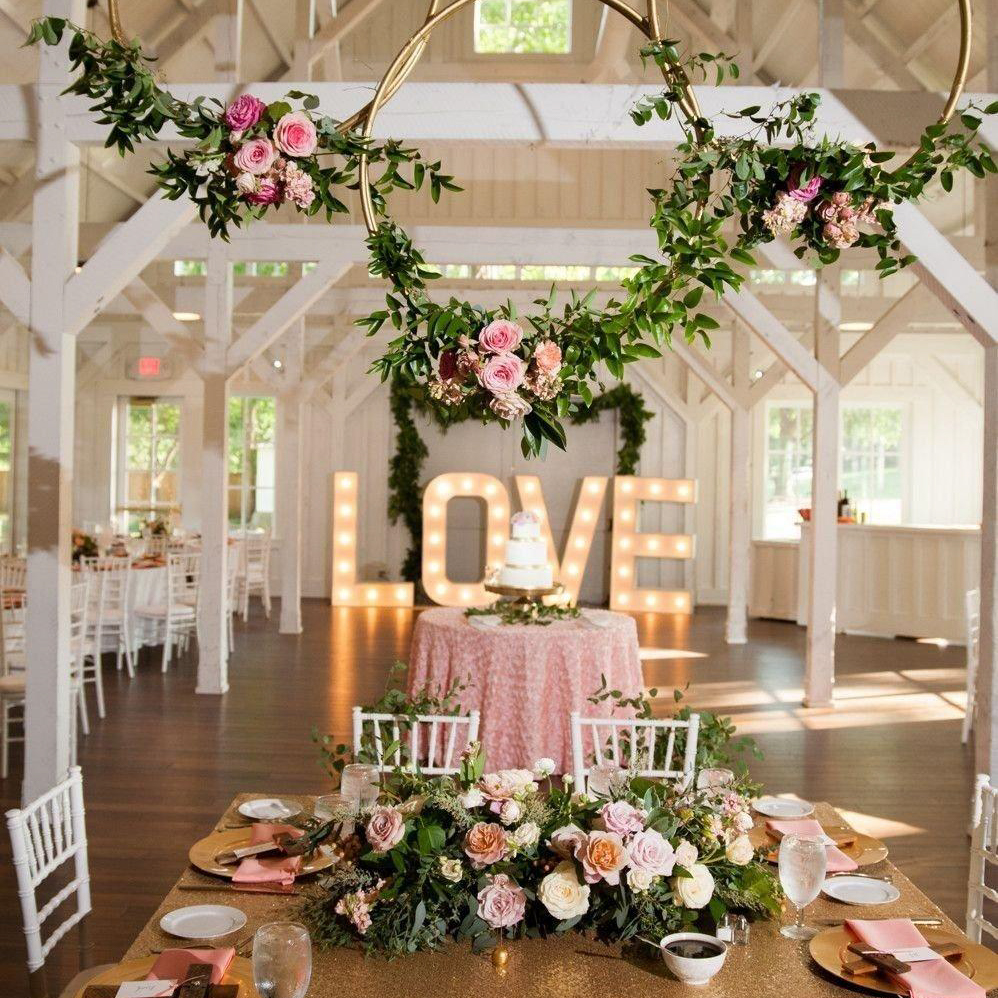A Brief History of Black Metal
Black metal is a subgenre of heavy metal music that originated in the 1980s. It is characterized by its intense and aggressive sound, as well as its lyrics, which often explore dark and taboo subjects such as Satanism, death, and destruction.
Some of the early pioneers of black metal include bands like Venom, Bathory, and Celtic Frost. These bands helped to establish the sound and aesthetic of the genre, which would go on to influence countless other bands in the years to come.
One of the most significant moments in the history of black metal occurred in the early 1990s with the rise of the Norwegian scene. This scene was characterized by its extreme and violent music, as well as its association with a group of individuals known as the “Black Metal Inner Circle.” This group was responsible for a string of arson attacks on churches throughout Norway, as well as the murder of a fellow musician.
Despite the controversies surrounding the genre, black metal remains popular among fans of heavy metal music around the world.
The Aesthetic of Black Metal
Black metal is known for its distinctive aesthetic, which is characterized by its use of dark colors, eerie atmospheres, and occult imagery. This aesthetic is often reflected in the clothing, makeup, and artwork of black metal fans and musicians.
One key element of the black metal aesthetic is the use of spikes and studs. These are often seen on leather jackets, belts, and other accessories. They are meant to convey a sense of danger and aggression.
Another common element of the black metal aesthetic is the use of corpsepaint. This is a type of makeup that is designed to make the wearer look as if they are dead or undead. It is often used by black metal musicians during live performances and in promotional materials.
The use of occult imagery is also a significant part of the black metal aesthetic. Symbols such as pentagrams, inverted crosses, and sigils are often used in artwork and merchandise associated with the genre.
The Alluring Black Metal Pendant Shade
While the aesthetic of black metal is often associated with clothing and other accessories, it can also be found in home decor. One example of this is the black metal pendant shade.
A pendant shade is a type of lampshade that hangs from the ceiling. It is often used in kitchens, dining rooms, and other areas of the home where a more intimate lighting atmosphere is desired.
Black metal pendant shades are unique in that they combine the dark and foreboding aesthetic of black metal with the functional purpose of a lampshade. They are often made of metal and feature intricate designs, such as spikes, crosses, and other occult symbols.
The appeal of the black metal pendant shade lies in its ability to add a touch of edginess and drama to any room. It is a statement piece that can complement a variety of interior design styles, from minimalist to industrial.
How to Incorporate a Black Metal Pendant Shade into Your Home Decor
If you are interested in adding a black metal pendant shade to your home decor, there are a few things to keep in mind.
First, consider the size and shape of the shade. It should be proportional to the size of the room and the other elements in the space. If you have a large dining room, for example, a larger shade with a more intricate design may be appropriate.
Next, think about the overall aesthetic of the room. A black metal pendant shade may not be ideal for a space that is already filled with a lot of dark colors, as it could make the room feel too heavy. However, it could be a great addition to a space that is light and airy, as it provides a nice contrast.
Finally, consider the placement of the shade. It should be hung in a way that allows it to be seen and appreciated, but not so low that it becomes a hazard. A good rule of thumb is to hang it about 30 inches above the table or countertop.



